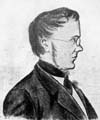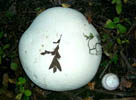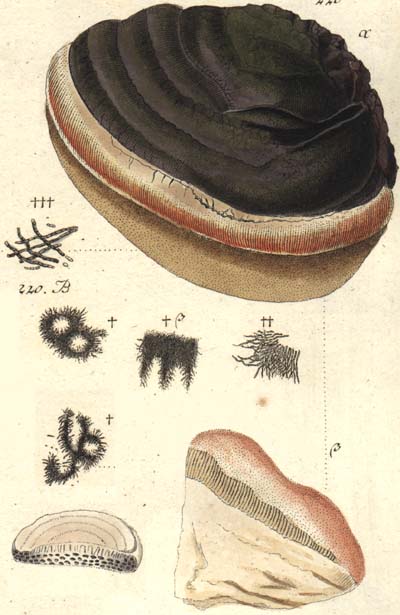
Trivia


Top Ten
 Trivia |  |  Top Ten |
|

Persoon and Fries call the zones of these Polypori annual zones. They may no doubt be correctly compared in certain points to the annual rings of Dicotledons, but it has never been distinctly proved that only one new zone is formed each year in these [fungi]. There is no doubt that many zones are formed in the course of a year in most of the other zoned mushrooms. J. Schmitz has shown this in detail for Stereum hirsutum, and there are a certain number of many-zoned pilei in the Hymenomycetes which only last one year.
De Bary (1887) p. 57
Back to top
Glossary
Mushrooms
People
Newsletter
Events